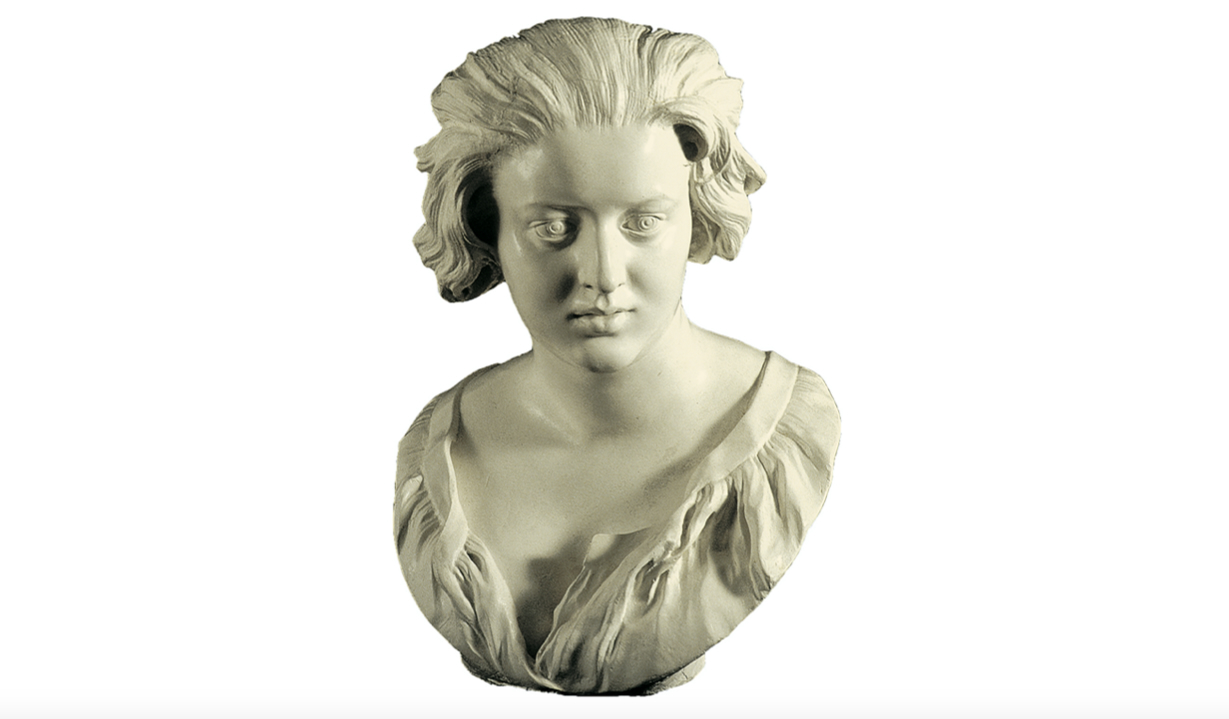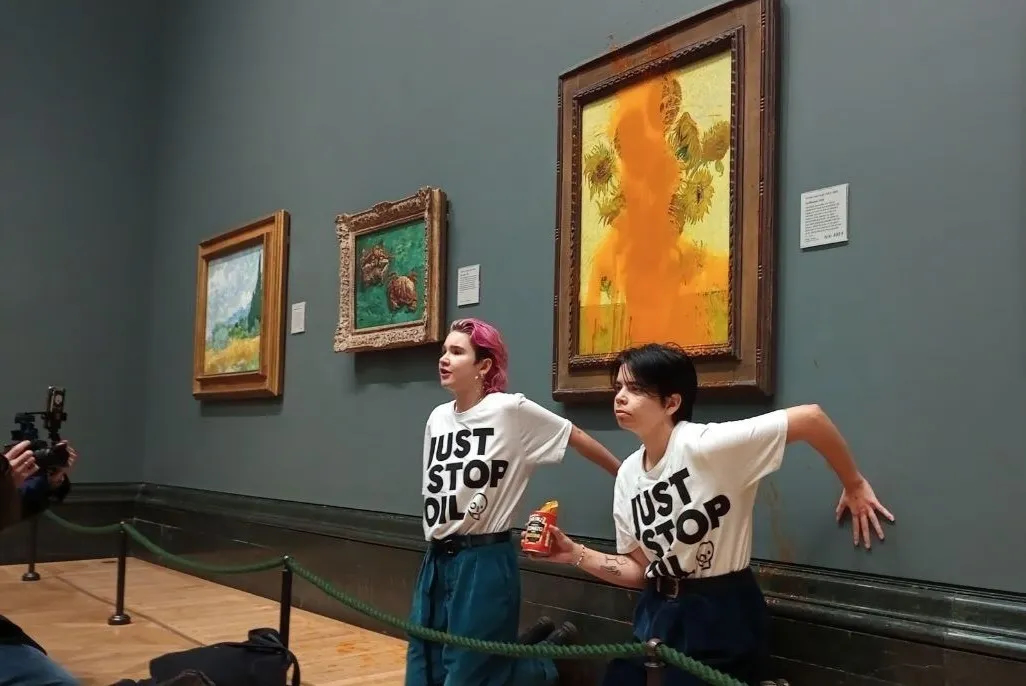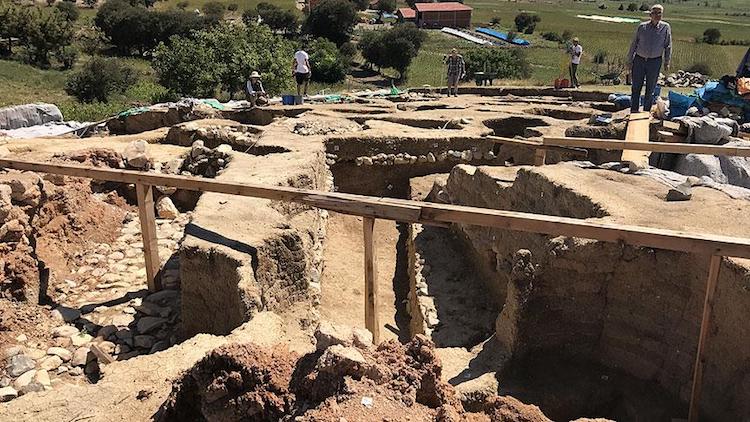In 1637, the celebrated Baroque artist Gian Lorenzo Bernini crafted an extraordinary, non-commissioned sculpture: an intimate portrait of his lover, Costanza Piccolomini. The sculpture’s tender sensitivity and raw expression marked a departure from the era’s conventions, depicting a relatively poor woman with a vitality and sensuality rarely seen in marble busts of the time. Yet, this work of art also conceals a dark tale of violence and control.
Costanza, the wife of one of Bernini’s assistants, was around 23 when she became the subject of Bernini’s only non-commissioned sculpture. At 40, Bernini was at the height of his power, renowned for his ability to infuse marble with theatricality and emotional intensity. His affair with Costanza was passionate and turbulent, culminating in a brutal act of violence that forever marred both their lives.
Shortly after sculpting her likeness with such care, Bernini ordered one of his servants to slash the marble bust with a knife, disfiguring the very image he had so lovingly created. This act of vandalism was not merely a moment of madness but a deliberate attempt to control and punish Costanza, reflecting a pattern of behavior that historian Jane Monckton Smith identifies as common in intimate partner violence. Bernini’s actions align chillingly with Monckton Smith’s eight-stage progression of control, leading inevitably to violence.
Costanza’s story, largely forgotten and overshadowed by Bernini’s artistic genius, is now being brought to light. Author Rachel Blackmore’s new book, “Costanza,” seeks to reclaim the narrative of this woman who has been anonymous for centuries. Blackmore’s fascination with Costanza’s tale began with a documentary on Rome, where two male presenters casually mentioned the disfigurement of Bernini’s mistress without even naming her. This oversight haunted Blackmore, prompting her to delve deeper into the history and uncover the woman behind the marble.
The practice of facial disfigurement as a means of control and punishment has deep historical roots. In classical times, it was used as a political tool, as seen in the stories of Deiphobus and Justinian II. The Old Testament also recounts such acts of violence, with the Egyptian sex worker Oholibah threatened with having her nose and ears cut off. Archaeological evidence reveals that this brutal practice was used in medieval England as well, with the case of a young girl in Hampshire who suffered severe facial mutilation as punishment for perceived sexual misconduct.
In 17th-century Italy, the act of face-slashing, known as sfregio, was a widespread punishment for women deemed to have transgressed societal norms. Beauty, a symbol of a woman’s honor and virtue, was both revered and feared. The disfigurement of Costanza’s sculpture serves as a stark reminder of the lengths to which men have gone to control and punish women throughout history.
Blackmore’s research into Costanza’s life reveals the disturbing patterns of coercion and violence that persist to this day. Recent statistics from the UK show a significant rise in acid attacks and other offenses involving corrosive substances, with women increasingly targeted. The story of Bibi Aisha, the Afghan woman whose nose and ears were cut off by her husband, shocked the world in 2010, but the roots of such violence stretch back centuries.
“Costanza” not only tells the story of a woman wronged but also challenges the traditional narratives that have excused male violence as impulsive or passionate. By understanding the patterns of control and violence, as outlined in Monckton Smith’s “In Control,” society can better intervene and prevent such tragedies.
Through her book, Blackmore aims to give Costanza a voice, highlighting the complexities of her relationship with Bernini and the broader implications of male violence and control. By reclaiming Costanza’s story from the shadows of history, Blackmore hopes to shed light on the ongoing struggle against the oppression of women and inspire a new generation to guard against such violence. “Costanza” by Rachel Blackmore, published by Renegade Books, is set to be released on August 1, offering a poignant exploration of a woman’s fight for agency and recognition amidst a legacy of male dominance.







